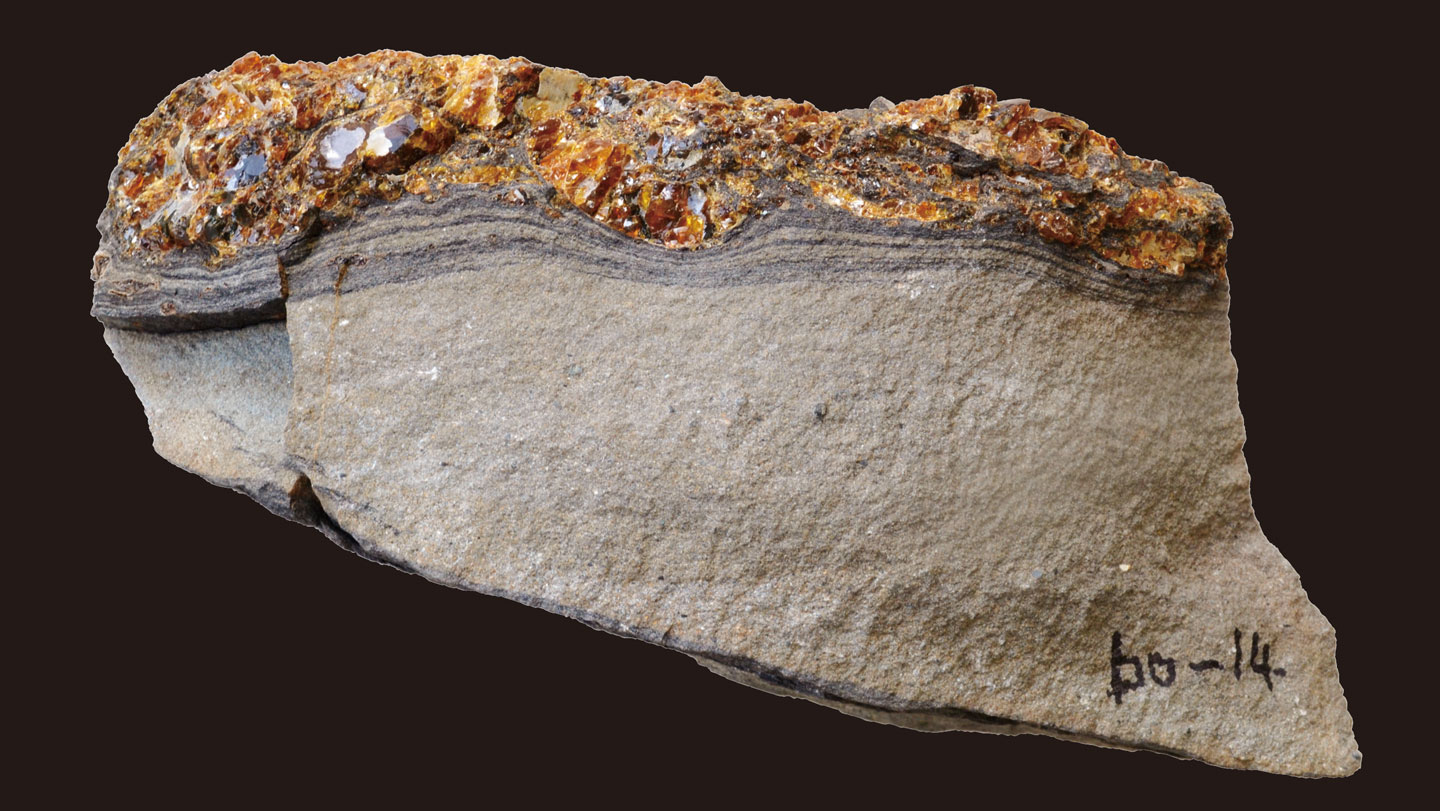
Seafloor amber may hold hints of a tsunami 115 million years ago
How did your country report this? Share your view in the comments.
Diverging Reports Breakdown
Original Coverage: Seafloor amber may hold hints of a tsunami 115 million years ago
Amber found at the bottom of the Pacific Ocean suggests a long-ago tsunami inundated what is now northern Japan. Scientists analyzed sediments quarried from a sand mine on Japan’s northernmost island of Hokkaido. Layers of amber lay interspersed with darker layers of sandstone. Analyses with both visual and ultraviolet light revealed that the amber interlocked with the sandstone in a curious way. The researchers ruled out a smaller event like a flood since the analyzed sediment did not exhibit the characteristic flood signature of larger particles on top of smaller particles, they say. to think about using amber as an indicator of ancient tsunamis is novel, but more evidence is needed before this case is closed, says Carrie Garrison-Laney, a geologist at the National Oceanic and Atmospheric Administration’s Center for Tsunami Research. and a liaison at the Washington Sea Grant in Seattle, who was not involved in the new work. “That seems like a stretch to me,” she says of the idea that tree resin would remain soft when exposed to the cold waters of the deep ocean,” she says. “What does it look like 100 meters away?’ “That seems
Ancient Tsunami Uncovered in Japanese Amber: Shocking Insights from the Dinosaur Age!
Scientists found ancient tsunami evidence in dinosaur-era amber in Japan, indicating rapid tree and debris transport to the ocean around 115 million years ago. Could this finding change how we understand prehistoric tsunamis? Amber can reveal rapid sedimentary processes. Combining geological and amber evidence enhances tsunami research. This finding underscores the importance of exploring ocean floor geology to better understand past tsunam is and their effects. As researchers continue to explore the implications of this study, the emerging field of “amber sedimentology” promises to offer exciting insights into ancient environmental processes. The study highlights the potential of amber as a unique record of such events. The research team analyzed amber-rich silica deposits from the Shimonakagawa Quarry in northern Hokkaido, Japan. They utilized fluorescence imaging to observe the amber’s structure, revealing patterns that suggest a tsunami’S impact. The discovery raises intriguing questions about the methods used to identify ancient tsunami. This study was published on May 15, 2025, in the journal Scientific Reports.
Dinosaur age tsunami revealed from tiny chunks of Japanese amber, study finds
Scientists have discovered evidence of an ancient tsunami in Japan. The evidence is hidden in tree amber that dates to the age of the dinosaurs. The amber samples are deformed in a particular way that suggests trees and plant debris were rapidly swept out to the ocean and sank to the seafloor around 115 million years ago. The scientists published their findings today (May 15) in the journal Scientific Reports.. Scientists typically estimate when tsunamis happened in the past using geological evidence such as giant fossilized boulders that were swept away and deposited onto coasts. However, it can be difficult to differentiate tsunami traces in the fossil record from severe storms, which leave similar deposits. The researchers suggested that looking at ocean floor geological and fossil evidence — that is, beyond just coastal evidence — paints a more complete picture of previous tsunam is. “Resin offers a rare, time-sensitive snapshot of depositional processes,” study co-author Aya Kubota said. “The emerging concept of ‘amber sedimentology’ holds exciting potential to provide unique insights into sedimentological processes,” Kubota added in an email to Live Science. “By combining detailed field observations with the internal structures of amber, we were able to conclude that the most plausible cause was
Amber in the Cretaceous deep sea deposits reveals large-scale tsunamis
Abundant amber in the pelagic settings reported here implies the existence of exceptional sedimentary processes. Amber generally forms drop, tube, or spherical shapes because of the unique nature of resin that rapidly hardens by the loss of volatiles subaerially. The formation of these structures in amber strongly suggests that the resin was still soft when deposited. Such rapid and direct transport of terrestrial materials from land to ocean could be driven by a tsunami. Other possible events which supply terrigenous material into the ocean are storms and floods. Although the flood-induced hyperpycnal flows can transport plant remains into marine settings, sedimentary structures such as coarsening upward sequences with erosional surfaces are not observed here. The boundary between the Sorachi and Yezo groups is marked by the formation of a large forearc basin and hinterland uplifts with the subduction of the Izanagi-Kula plates. This change is significant throughout the Cretaceous of northern Japan. Because a total of 30 amber-bearing beds are intercalated in the lowermost part of the Yezi Group, deposition of Yeze Group amber may be tied to tectonic instability. A catastrophic landslide containing huge sheet-
Global Perspectives Summary
Global media portray this story through varied cultural, economic, and political filters. While some focus on geopolitical ramifications, others highlight local impacts and human stories. This diversity of coverage reflects how national perspectives influence public understanding.
Sources
- Original: Seafloor amber may hold hints of a tsunami 115 million years ago
- Ancient Tsunami Uncovered in Japanese Amber: Shocking Insights from the Dinosaur Age!
- Dinosaur age tsunami revealed from tiny chunks of Japanese amber, study finds
- Amber in the Cretaceous deep sea deposits reveals large-scale tsunamis
Source: https://www.sciencenews.org/article/seafloor-amber-hints-ancient-tsunami

